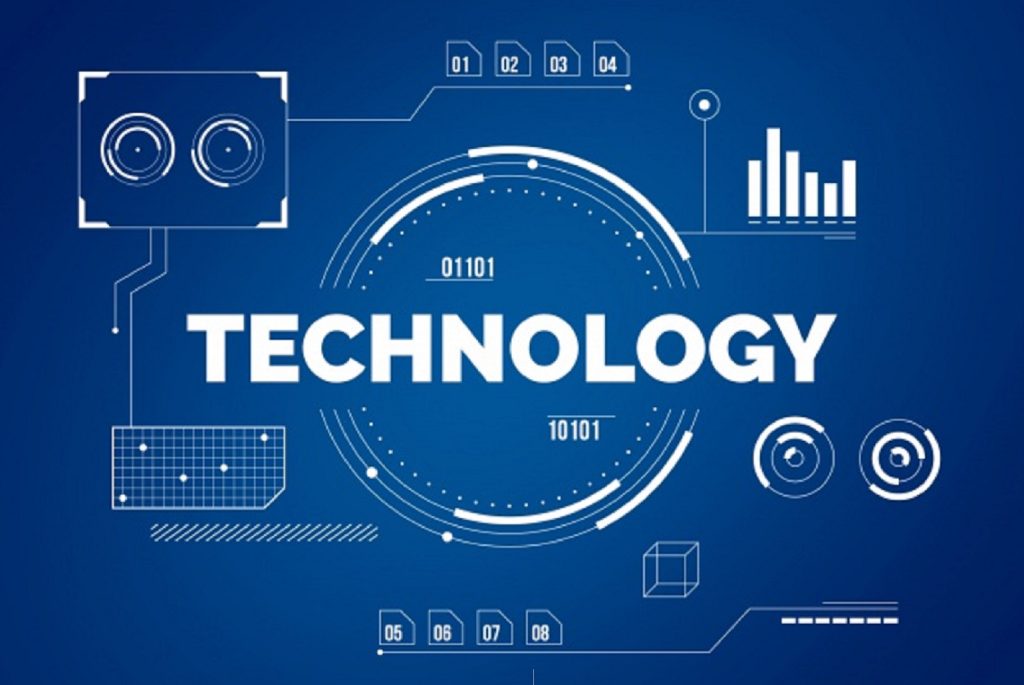Virtual Reality VR has revolutionized the way we experience entertainment and opened up new possibilities in various fields. By creating immersive experiences, VR technology has captivated audiences and provided them with unprecedented levels of engagement and interaction. From gaming to education, healthcare to architecture, VR is reshaping industries and pushing the boundaries of human experience. In the realm of entertainment, VR has emerged as a game-changer. With VR headsets, users can step into virtual worlds and become active participants in their favorite games, movies, and TV shows. The technology transports users to different environments, whether it is exploring ancient ruins, battling aliens in outer space, or experiencing thrilling adventures. The sense of presence and immersion that VR offers creates a powerful emotional connection and heightens the overall entertainment value.

Gaming, in particular, has been greatly enhanced by VR. Players can now physically engage with virtual environments, using motion controllers to swing swords, shoot arrows, or solve puzzles. This level of interactivity takes gaming to new heights, allowing players to feel like they are truly part of the virtual world. VR has also paved the way for multiplayer experiences, enabling friends from different parts of the world to connect and compete in virtual arenas. Beyond entertainment, VR is making significant contributions to education. Students can embark on virtual field trips to historical landmarks or distant planets, enhancing their learning experiences with visual and interactive elements. Medical professionals can simulate surgeries and procedures, enabling trainees to practice in a risk-free environment. Architects and designers can create virtual walkthroughs of buildings and spaces, providing clients with a realistic preview of their projects. VR has become a valuable tool for training, visualization, and experimentation in various professional fields.
In the healthcare industry, VR is proving to be a transformative technology. It is being used to treat phobias, anxiety disorders, and post-traumatic stress disorder by exposing patients to controlled virtual environments. VR can also help alleviate pain and discomfort during medical procedures by distracting patients and creating a calming atmosphere. Furthermore, VR therapy is being explored as a potential treatment for cognitive impairments and rehabilitation for stroke survivors. The potential applications of VR extend to other areas as well. Virtual conferences and meetings are becoming increasingly popular, saving time and resources by eliminating the need for physical travel. VR is also being used for virtual tourism, allowing people to explore destinations they may never have the opportunity to visit in person. It is even being used in architecture and urban planning to create virtual simulations of proposed structures and cityscapes.
However, as with any emerging technology, there are challenges to overcome. VR hardware needs to become more affordable and accessible to reach a wider audience. Motion sickness and discomfort remain concerns for some users, and the development of more ergonomic and comfortable devices is necessary. Additionally, content creators need to continue pushing the boundaries of creativity to fully exploit the potential of VR. In conclusion, virtual reality has transformed entertainment and is now extending its reach to various industries. By providing immersive experiences, VR technology has enriched gaming, education, healthcare, and more. Its potential applications are vast, and as the technology continues to advance, we can expect even more innovative uses of VR in the future. Virtual reality has ushered in a new era of experiential entertainment and has the power to reshape how we interact with the world around us.

